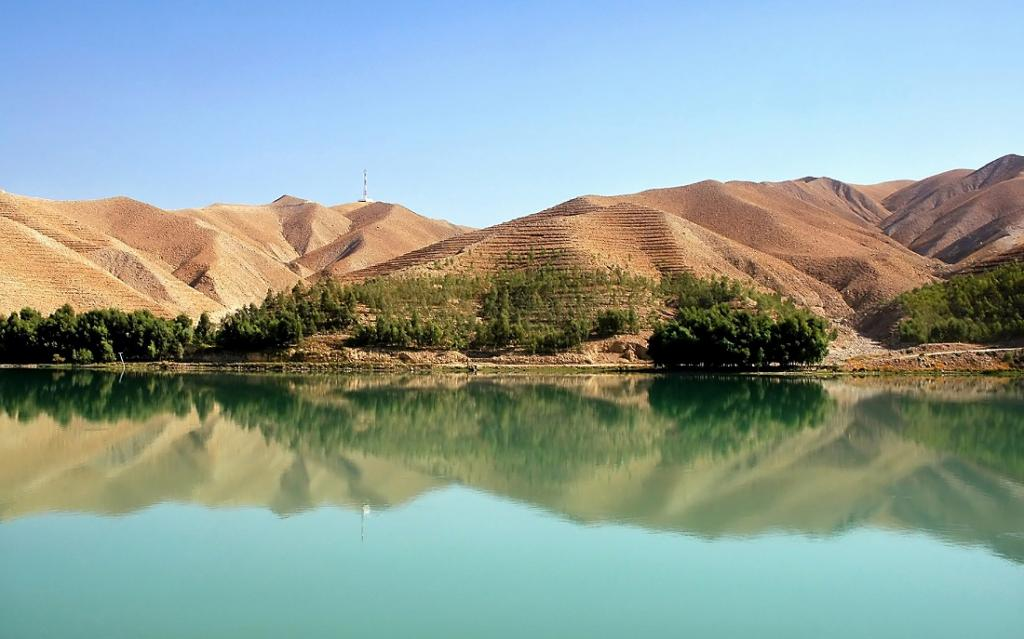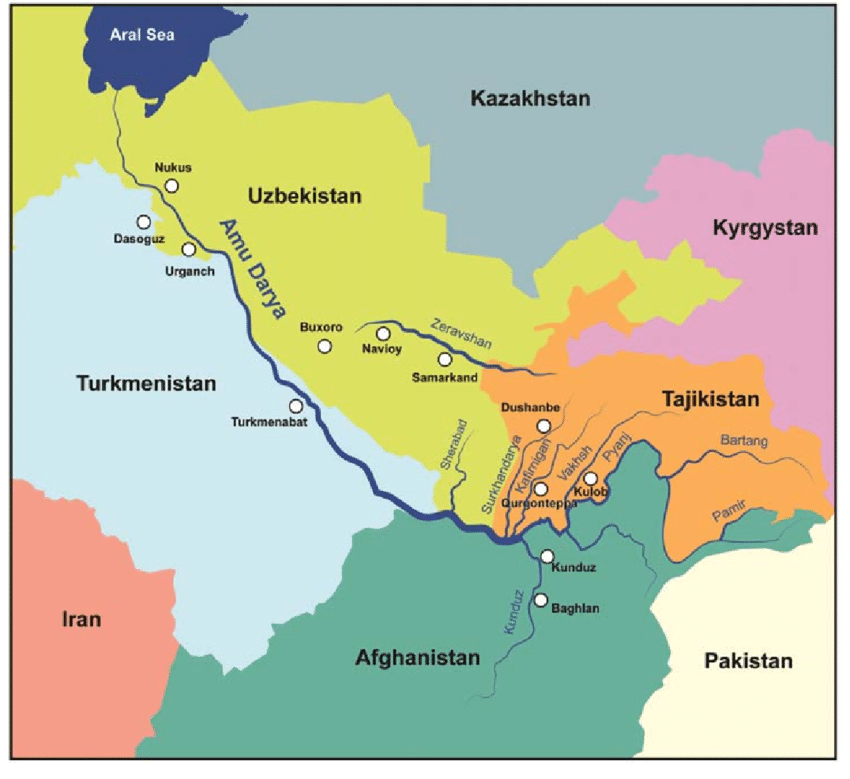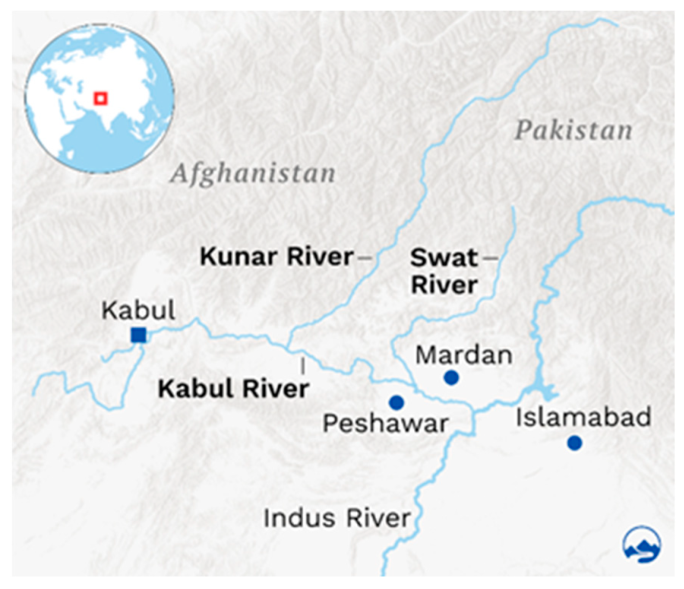Free Courses Sale ends Soon, Get It Now


Free Courses Sale ends Soon, Get It Now



Copyright infringement not intended
Picture Courtesy: https://www.downtoearth.org.in/news/water/amu-darya-and-kabul-river-basins-major-sources-of-water-for-afghanistan-study-95861
Context: The study on water resources in Afghanistan presents important insights into the country's hydrology, highlighting key river basins, water sources, and the challenges posed by water stress and climate change.
River Basins and Water Sources
Water Yield and Distribution
Factors Influencing Water Availability
Water Stress and Climate Change
Implications for Water Resource Management
Future Water Demand and Sustainability
|
The study provides valuable insights into Afghanistan's water resources, highlighting the need for integrated water resource management strategies to ensure water security, agricultural sustainability, and resilience in the face of climate change and growing water demand. |
About Amu Darya
Origin and Course
|
Names and Historical Significance ●The river has been known by various names throughout history, including Oxus (in Latin) in Greek. ●In ancient times, it marked the boundary between Greater Iran and Turan (Central Asia). ●The river's name "Amu" is derived from the medieval city of Āmul (now Türkmenabat) in Turkmenistan, and "Darya" means "lake" or "sea" in Persian. ●The course of the Amu Darya has undergone significant shifts over time, influencing the water distribution between the Aral Sea and the Caspian Sea. People began settling along the river's lower reaches and its distributaries in the 5th century, establishing agricultural lands and towns. |
Length and Drainage Basin
Challenges

About Kabul River
Course and Geography
Hydrology
Dams

Must Read Articles:
IMPACT OF CLIMATE CHANGE ON ARAL SEA
Source:
|
PRACTICE QUESTION Q. Consider the following statements about the Amu Darya River: 1. It was historically known as the Oxus River. 2. It empties into the Aral Sea, although human activity has impacted the sea's size. 3. The Hindu Kush mountains serve as its source. 4. It holds the title of Central Asia's longest river. How many of the above statements are incorrect? A) Only one B) Only two C) Only three D) All four Explanation: Statement 1 (Correct): The Amu Darya River was historically known as the Oxus River by the Greeks and Romans, reflecting its significance as a geographical landmark in ancient times. Statement 2 (Correct): The Amu Darya traditionally flowed into the Aral Sea, but extensive irrigation projects in the 20th and 21st centuries diverted much of its water. This diversion has significantly contributed to the shrinking of the Aral Sea, reducing it to a fraction of its original size. Statement 3 (Incorrect): The Amu Darya River originates in the Pamir Mountains, not the Hindu Kush Mountains. The Panj and Vakhsh rivers, which merge to form the Amu Darya, have their sources in the Pamirs. Statement 4 (Incorrect): While the Amu Darya is a significant river in Central Asia, it is not the longest. The longest river in Central Asia is the Syr Darya. |
© 2024 iasgyan. All right reserved